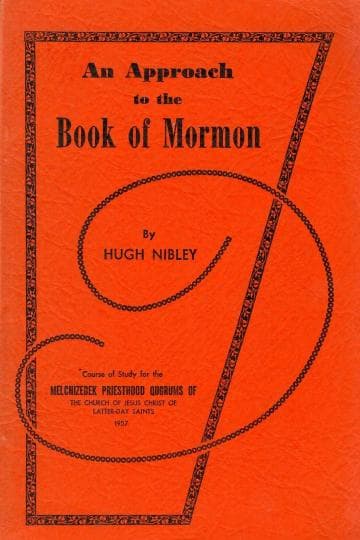Manual
30 Lessons

Abstract
Nephi tells us a great deal about conditions in Jerusalem in his day. Lessons 8, 9, and 10 take a closer look at the city on the eve of its overthrow. From Nephi we learn that the Elders of the Jews were running things, and that these Elders hated Lehi. From other sources it is known that Jerusalem at the time actually was under the control of the Sarim, an upstart aristocracy that surrounded and dominated the weak king and hated and opposed both the prophets and the old aristocratic class to which Lehi belonged. This accounts for Nephi’s own coldness towards “the Jews at Jerusalem.” Among the considerable evidence in the Book of Mormon that identifies Lehi with the old aristocracy, the peculiar conception and institution of “land of one’s inheritance” deserved special mention. Also the peculiar relationship between city and country has now been explained, and with it the declaration of the Book of Mormon that Christ was born in the land of Jerusalem becomes a strong argument in support of its authenticity. Another significant parallel between the Book of Mormon and the political organization of Jerusalem in Lehi’s day is the singular nature and significance of the office of judges. The atmosphere of Jerusalem as described in the first chapters of the Book of Mormon is completely authentic, and the insistence of Nephi on the greatness of the danger and the completeness of the destruction of Judah has recently been vindicated by archaeological finds.
Manual
30 Lessons
Items in the BMC Archive are made publicly available for non-commercial, private use. Inclusion within the BMC Archive does not imply endorsement. Items do not represent the official views of The Church of Jesus Christ of Latter-day Saints or of Book of Mormon Central.